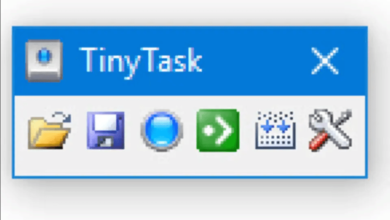Why Audience Response Systems are Better Than Smartphones for Voting
If you’re thinking about holding a vote at your next conference, it can be tempting to do it using a smartphone-based voting system. However, it’s better not to get into this trap, as often it can cause more problems than is necessary, holding up the voting process and leading to inaccurate results.
There are a couple of ways of doing this. Firstly, the vote can take place on the phone’s web browser. While most phones these days come with web access, it can be temperamental. It varies widely from network to network, and it isn’t always possible to maintain a reliable web connection on a mobile, and Wi-Fi and GPS connections often fail and need to be restarted – not ideal when trying to collect votes immediately. The other way is to use an app, which can be costly to develop and make work on each different operating system.
Secondly, not everyone has a smartphone. While sales of iPhones, BlackBerry and Android phones are on the up, some people prefer to use an older model, meaning they wouldn’t be able to participate in the vote. This isn’t ideal when one of the great things about a voting system is to increase involvement and engagement. Supplying everyone with their own handheld voting remote at the start of the session, however, means that everyone is able to participate.
Furthermore, the time taken to vote can differ greatly between an audience response voting system and a mobile. While on a phone, the user will need to wake the phone up, enter their security code, enter the URL or find the app and wait for it to load before selecting their answer, it is simply a case of a single button press on a voting remote.
Another plus of an audience response system is that the audience won’t be distracted by their mobile through the rest of the conference. If they’re encouraged to keep their phone at the ready for voting, it’s likely they’ll find themselves distracted by emails, social networking and texts, so won’t be paying attention to your presentation. In addition to this, there will be no problems of drained battery power, as the response systems can stay on charge while not in use so that they always have enough battery power to last through a meeting, meaning that voting can take place smoothly and efficiently.
Overall, while it can be tempting to cut corners and attempt to develop a universal voting system based on smartphone technology, it is far easier and more reliable to use a handheld audience response system to collect the results you need.
Chris Reynolds is a business communications consultant who writes about the application of new technologies for use in a variety of business scenarios




